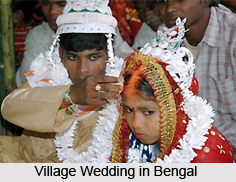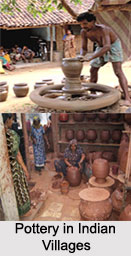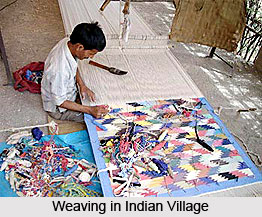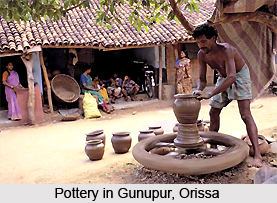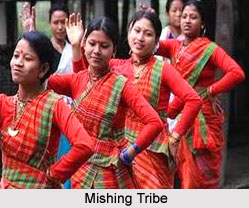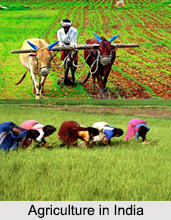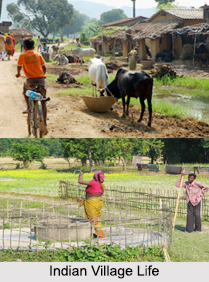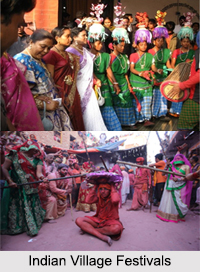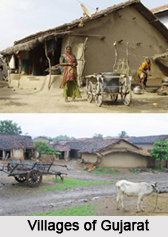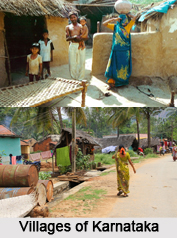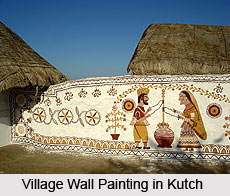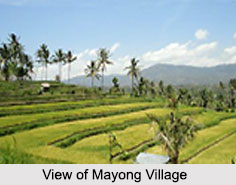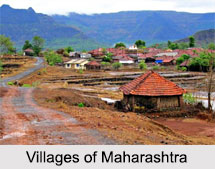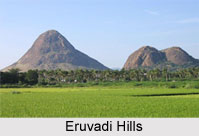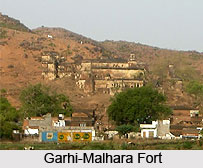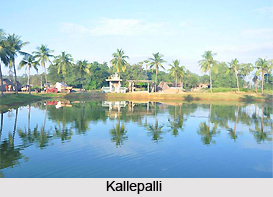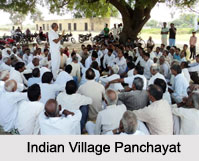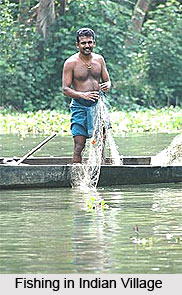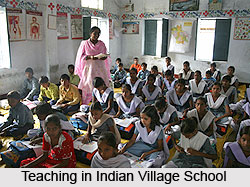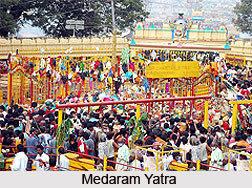 Medaram is a small village in Telangana. This village consists of a large number of temples. These temples are built from bygone ages. In Medaram, a religious festival takes place called "Samakka sarakka Jatara". This is deemed to be second largest congregation in India, only after the Kumbha Mela. Nearly one crore or ten million people were expected to meet on this village for the "Samakka sarakka Yatra" in the year 2010.
Medaram is a small village in Telangana. This village consists of a large number of temples. These temples are built from bygone ages. In Medaram, a religious festival takes place called "Samakka sarakka Jatara". This is deemed to be second largest congregation in India, only after the Kumbha Mela. Nearly one crore or ten million people were expected to meet on this village for the "Samakka sarakka Yatra" in the year 2010.
Location of Medaram
Medaram is located at about 120 kilometres away from Warangal city in Telagana. Medaram is also situated at about 140 kilometres from the state capital Hyderabad, which is now the capital of Andhra Pradesh and Telangana.
History of Medaram
Medaram is a small tribal village in this state. There are many legends about the miraculous powers of "samakka" and one of them has it that in the 13th century, some tribal leaders who went for hunting found a new born girl child emitting enormous light playing amidst tigers. She was taken to their habitation and brought up as a chieftain. She later became the saviour of the tribal population of the region. Later, she was married to Pagididda Raju a feudatory tribal chief of Kakatiya Dynasty who were the rulers of this area. She was blessed with two daughters and one son namely Saralamma, Nagulamma and Jampanna respectively. It so happens that there was a drought continuously for 3 to 4 years. In turn, King Pratapa Rudra sent his army to subdue the tribals and collect the tribute. Then a War was fought between tribal chief Pagididda Raju and Kakatiya Army on the banks of "Sampenga Vagu". The Koya army (the army of tribal village) fought valiantly but could not withstand the well equipped Kakatiya Army. Though fought valiantly Pagididda Raju, his daughters Saralamma, Nagulamma, son in law Govinda Raju lost the husband of Saralamma in the battle. Later Jampanna also dies in Sampenga Vagu, after renamed as Jampanna Vagu in the memory of his heroic fight against well trained Kakatiya army. Upon hearing this news Sammakka also enters the conflict and causes a lot of damage to Kakatiya Army. The rulers of Kakatiya Dynasty were surprised by her bravery and valour
Samakka sarakka Jatara
Samakka sarakka Jatara begins with bringing of Saralamma, a container of vermilion from Kannepalli a neighboring village on 16th of February every year. Mostly Jatra celebrates in the month February. The main goddess Sammakka was taken from Chilukalagutta on the later phase of medieval 17th century with a container of vermilion, by tribals priests. One of the most sole characteristic of Samakka sarakka Jatara is there is no idol worship. Only worship of the two wooden poles and container of vermilion is granted in this festival. Kumkuma Barini is now-a-days also known as the symbol of Goddess.
